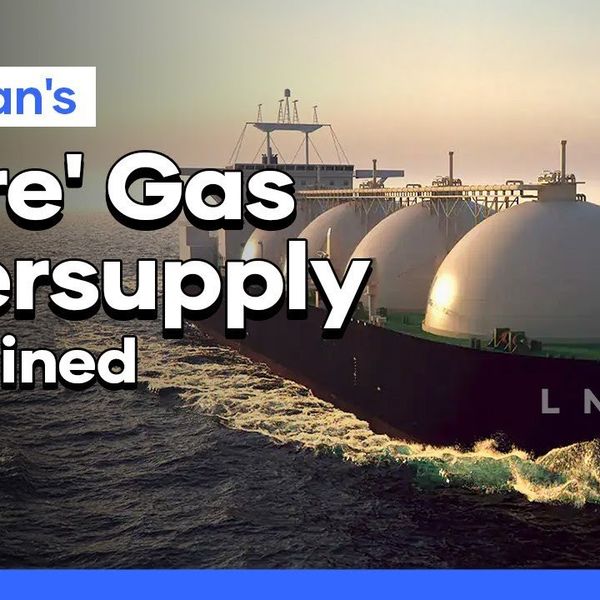Pakistan’s large-scale manufacturing continues to go downhill
Manufacturing declines 1.9% in the first six months of the fiscal year
Business Desk
The Business Desk tracks economic trends, market movements, and business developments, offering analysis of both local and global financial news.

Pakistan’s large-scale manufacturing (LSM) declined 3.7% in December as demand remains suppressed due to high product prices and utilities charges.
According to the latest report by the Pakistan Bureau of Statistics (PBS), negative growth has been reported in four of the last six months.
Cumulatively, during the six months of the current fiscal year LSM index posted decline of 1.9%.
This is the third consecutive year that large scale manufacturing experienced negative growth.
In the first half of 2022-23, the drop was 1.9%, followed by a 0.9% decrease in the first half of last fiscal year, and another 1.9% year-on-year decline in the first half of FY25.
Negative growth in sectors like non-metallic minerals (-10%), iron & steel (-11%), food (-6%), and chemical products (-5%) reflects ongoing challenges within these sectors and the related downstream industries.
The continued increase in operational costs and fiscal tightening are key downside risks to the LSM growth outlook. However, the disinflation trend creates a favorable environment for prospective LSM growth by improving demand and stabilizing production.
According to a report by JS Global, the significance of relaxing imports of machinery in driving LSM growth cannot be emphasized enough, as it ensures the availability of crucial production inputs for multiple major industries.
The continuation of such policies is expected to bolster growth prospects for the LSM sector in the near future, once the impact of inflation translates into increased demand in the economy.










Comments
See what people are discussing